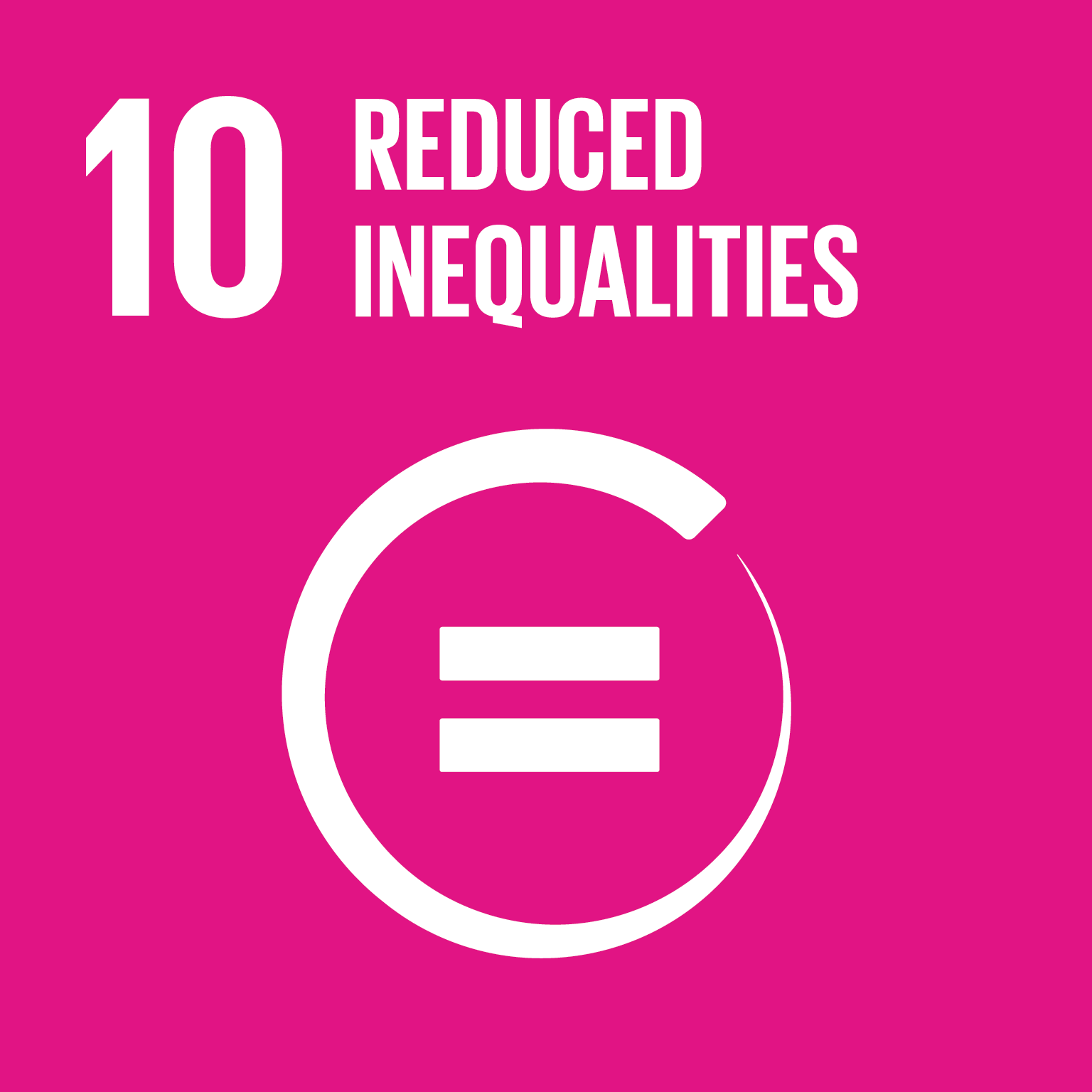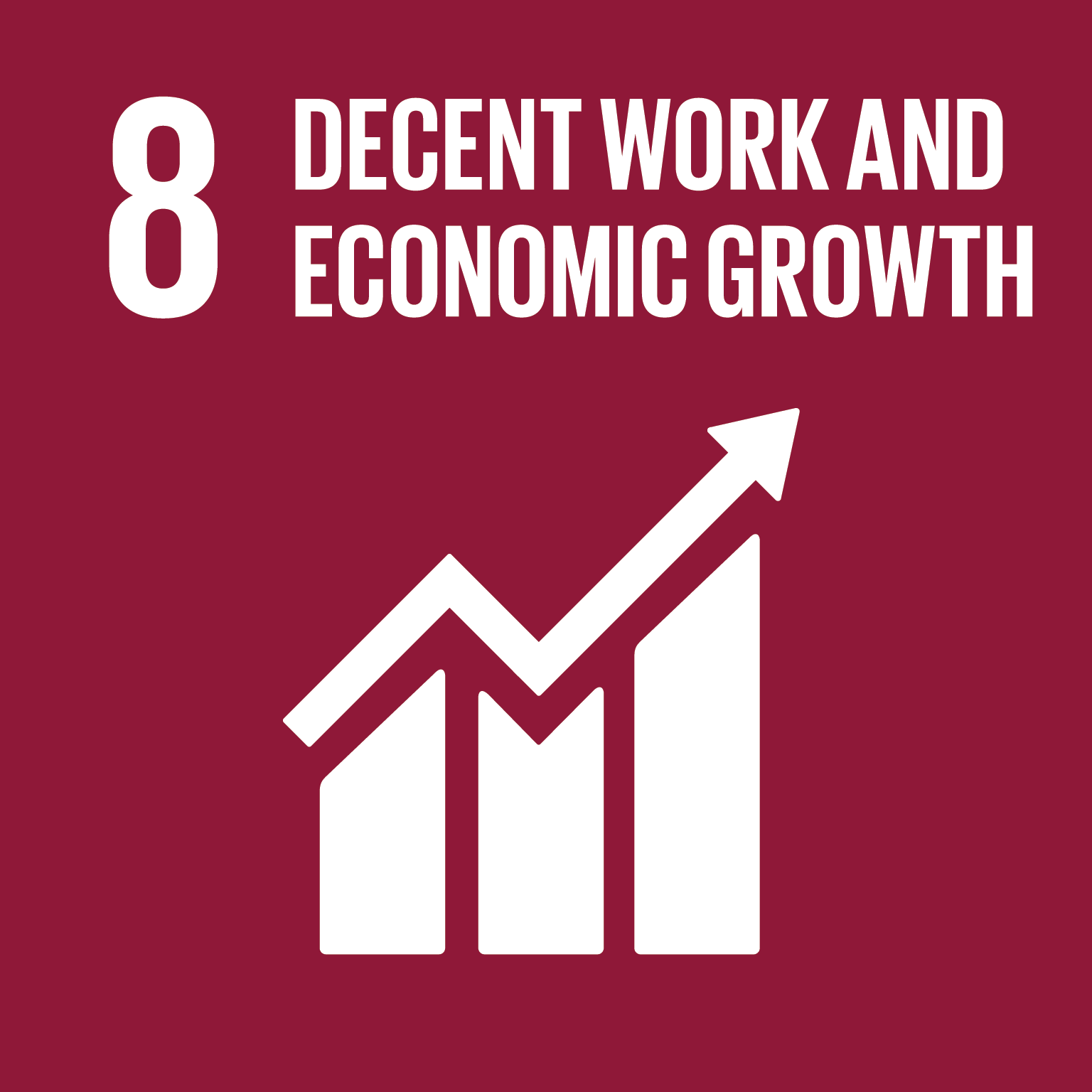



 SUNY Geneseo is proud that we number 14 nationwide for active Peace Corps volunteers among medium-sized schools. There are 18 active volunteers in 16 countries, helping to train men and women in healthcare, education, entrepreneurship and other fields, and addressing sustainable development goals to reduce inequality. In recognition, we are creating a digital scrapbook of stories and photos from active and past volunteers from our Geneseo family.
SUNY Geneseo is proud that we number 14 nationwide for active Peace Corps volunteers among medium-sized schools. There are 18 active volunteers in 16 countries, helping to train men and women in healthcare, education, entrepreneurship and other fields, and addressing sustainable development goals to reduce inequality. In recognition, we are creating a digital scrapbook of stories and photos from active and past volunteers from our Geneseo family.
Geneseo faculty: Associate professor who also served as the coordinator of student teaching during her tenure at the School of Education, 1974 to 1998
Peace Corps service: 1967 to 1969
Location: Turkey and Malaysia (North Borneo region)
Expertise: Community development and English language education
I grew up in suburban Boston and went to college in Boston in the 1960s. The Peace Corps was actively recruiting at this time, as it was formed just a few years before. I liked the idea of helping people and that volunteering would give me the experience of being a sociologist and anthropologist.
I started my service in 1967 in rural Turkey as a community development worker, creating projects based on what I learned from the community. The women were interested in sewing and home-economic related projects, and I taught families about basic health education, such as germs.
My Peace Corps partner, Leo, and I chose to live in the little village as other families, without a bathroom or running water. I lived on the second floor, he on the first. I cooked for both of us, and he cut wood for the fireplace and other home chores, as this is what the traditional Turkish roles were.
We had our “challenges” as we learned daily life, like trying to burn green wood and using oiled bread as kindling. At Christmas, we made our own tree and meal for friends. One day, a stranger approached me and asked if it was my holiday. When I replied yes, he gave me a small bowl. I still have it here, all these years later, in my home. They were so welcoming. It was a great place.
Due to respiratory issues I had in Turkey, I was transferred to North Borneo in Malaysia to complete my service. It was a more strict Muslim community and I had to adjust again. Iived in a rural community and taught the children of headhunters. I taught beginning English to students and a more advanced English for secondary students.
After my service and earning my degrees, I joined SUNY Geneseo in 1974. I was at Geneseo until 1999, as an associate professor and also coordinator of student teaching.
In the early 1980s, I realized that I was instructing students who would become city teachers, and had never done so myself. I took a page from the Peace Corps and took a sabbatical to teach in the Rochester City School District to have such experience. I got an awful lot out of being a volunteer in the Peace Corps that translated into what I did in Rochester.
My teaching partner was also a Peace Corps volunteer. We employed the same model we did in our service and figuring out what we needed to do to be successful – immersion. For example, e went to church service in the Rochester community, and stayed for breakfast, which surprised some of the families, and we got to know community leaders.
In the Peace Corps, I learned that I can live in another culture, figure out what the key features are, and be resourceful and work within that culture to be successful. These are the same core values and skills I have used throughout my life. You had to be able to make your own projects, and find your own satisfaction.
At Geneseo, in the School of Education, I was able to continue to help people: I helped students realize their goals to become teachers, and educate others.
— Photo caption: Retired Associate Professor Jane Hogan holds a poison dart container that she received as a gift from a student she taught during the Peace Corps in the 1960s in North Borneo. Photo by Keith Walters '11.